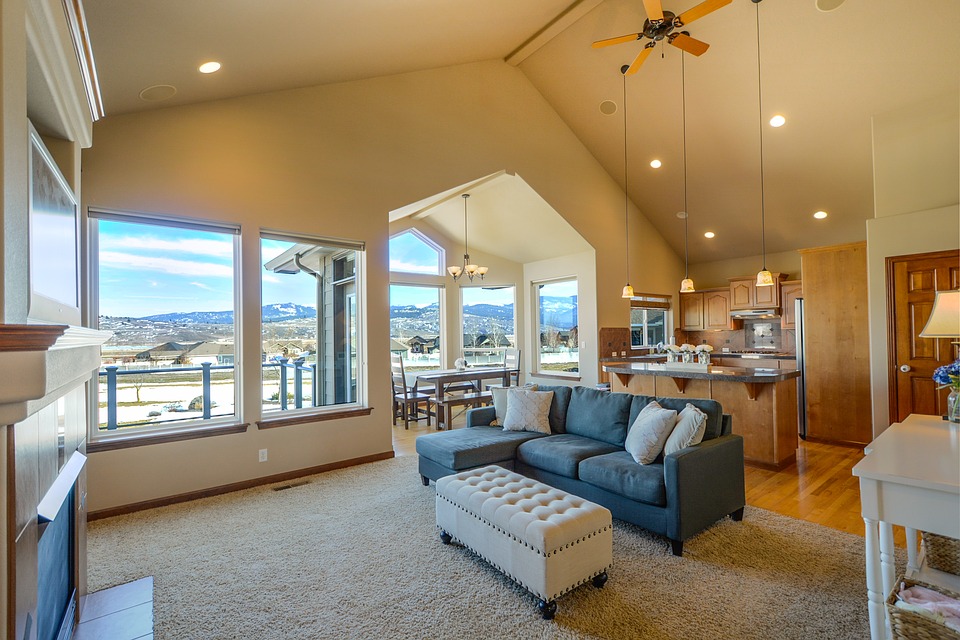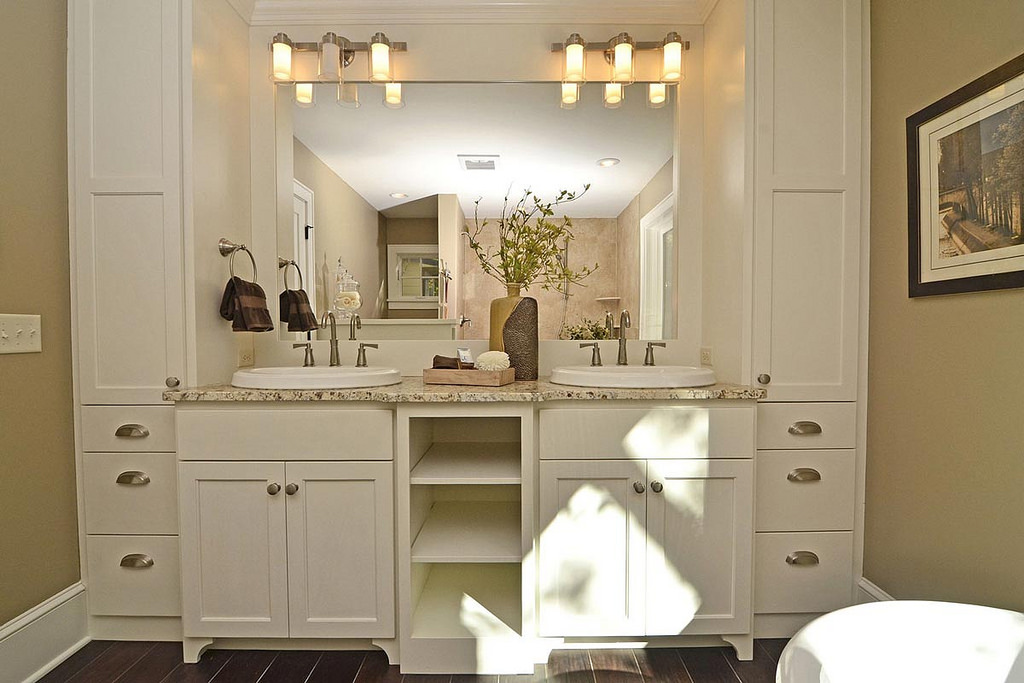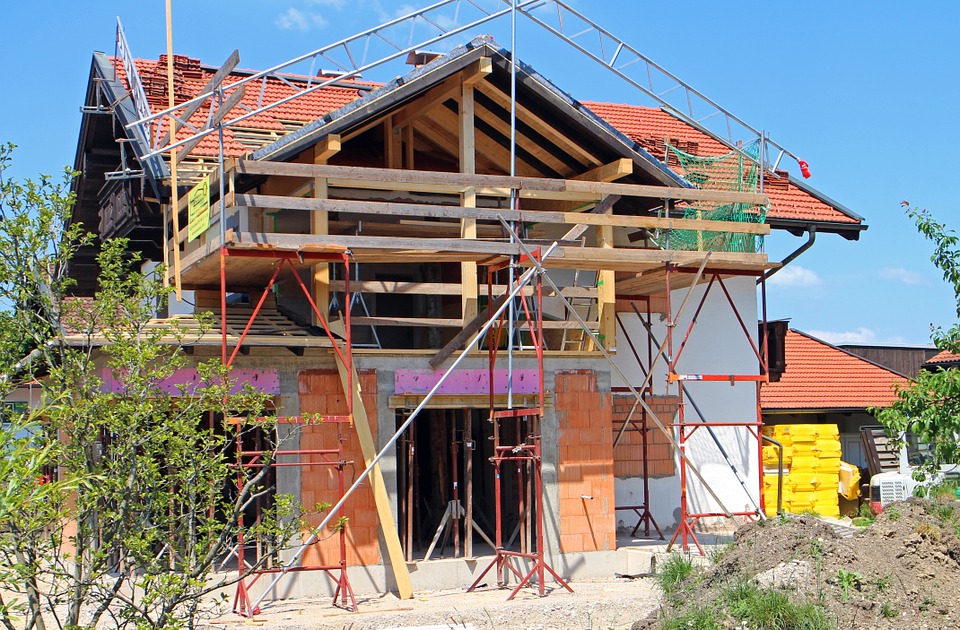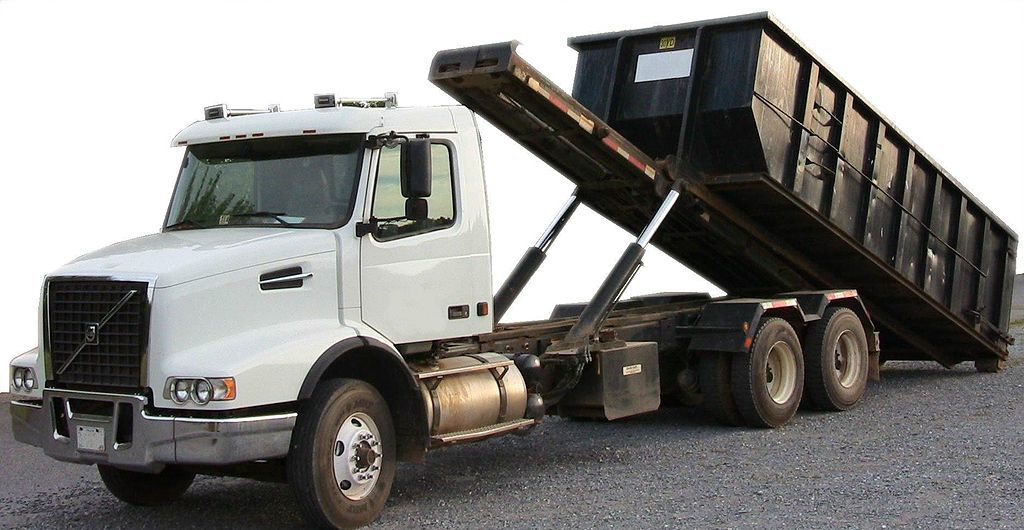The kids have all grown and moved into their own homes, and as you look around, you realize that there’s just too much space. You can’t help but think that now is the perfect time to pack up and move to a smaller place. Not only will it be easier to manage, but having a smaller home will cost you less to maintain, and it will give you a lot more freedom.
Despite the benefits that downsizing your home can provide, you can’t help but feel overwhelmed. You’ve amassed a lot of stuff over the years. And, you just can’t help but feel an emotional connection to the space. So, where do you begin? Here are some effective tips that will help you successfully downsize your home without pulling your hair out.
Determine What Type of Space You Want
It’s obvious that you want a smaller space to live in, but when you’re downsizing your home, there’s more to consider than just a “smaller space”. Do you want to rent or own? What type of home would you be comfortable in? Is a single-family, detached house with less square footage than your existing home what you are looking for? Would you be more comfortable in a condo or an apartment? Do you want to tend to the yard work yourself or would you rather have someone else do it for you? Are amenities something that’s important to you?
These are all questions that you need to consider when you’re downsizing. Yes, you want a smaller home, but there are so many things that you should think about before deciding what type of downsized home you want to move to. How do you know what will work for you? – That really depends on your unique interests and what you think will best suit your needs. Make a list of needs and wants and think about which option will tick off most of your boxes.
Work with a Realtor
A lot of people make the mistake of thinking that they can handle the downsizing process on their own. Sure, you might be able to do it yourself, but it’s probably going to end up giving you more stress than necessary.
When you’re downsizing, you have to sell your existing home and find a new place to live. You also have to take inventory of your belongings, determine what you’re keeping and what you’re purging, pack, and so much more! By hiring a realtor, you’ll take some of the stress off of your shoulders. A real estate professional will not only assist you with selling your home, but he or she will also help you find your new (smaller) dream home.
Take Inventory
It’s funny how much “stuff” people accumulate, especially when they live in a large space. If you’re downsizing, you aren’t going to be able to take everything in your existing home with you. From a logistical standpoint, it just isn’t going to fit. Yes, you could rent a storage unit, but do you really want to pay a monthly bill to store items that you might never end up using again?
With that said, you’re going to want to take inventory of all of your personal effects. Go through each room and decide what absolutely must go with you and what you just don’t need anymore. It can be hard to part with your belongings. To make it easier, use the “one year” rule: If you haven’t used something for more than a year, chances are you really don’t need it. This includes clothing, dishes, appliances, and furnishings.
Start Early
As soon as you list your house on the market, start planning for your move. Not only are you going to want to start looking for a new home, but you’re going to want to start de-cluttering and packing. The earlier you start, the easier the move will be.
Pack smart. Begin with the items that you use the least and leave those things you use on a frequent basis for last. Don’t forget to clearly label all boxes and bins so that you know where everything is when you finally get to your new home.
Purge with a Purpose
You’re probably going to end up purging a lot of “stuff”. Be smart about it. While you may not want particular things anymore, that doesn’t mean that they can’t be used by someone else. If they’re in good condition, sell them at a yard sale or donate them. If you do end up having a lot of trash stuff that just needs to be trash, consider renting a dumpster. It will be far more convenient than having to lug trash bags up to your curb, and you won’t have to wait for your waste management company to pick them up. The best part about renting a dumpster is that when you’ve filled it up, all you have to do is let the company know and they’ll take the trash off your hands. Talk about easy!
Set Limits in Your New Place
Just like you probably accumulate a lot of clutter in your current home, you’ll probably end up accumulating a lot of clutter in your new space, too. No matter how big your home is, too much clutter is never a good thing; however when the square footage is smaller, you’ll really need to keep the accumulation of “stuff” under wraps.
Establish clutter limits in your new place. Decide how long you should keep paperwork before shredding it, or consider donating one article of clothing for every new garment you purchase. By taming the number of things you accumulate, you can prevent your new, smaller home from becoming even smaller.
Downsizing can be a large and overwhelming task. By following these tips, you can ensure it goes as smoothly as possible so that you can really enjoy this new and exciting chapter in your life.




